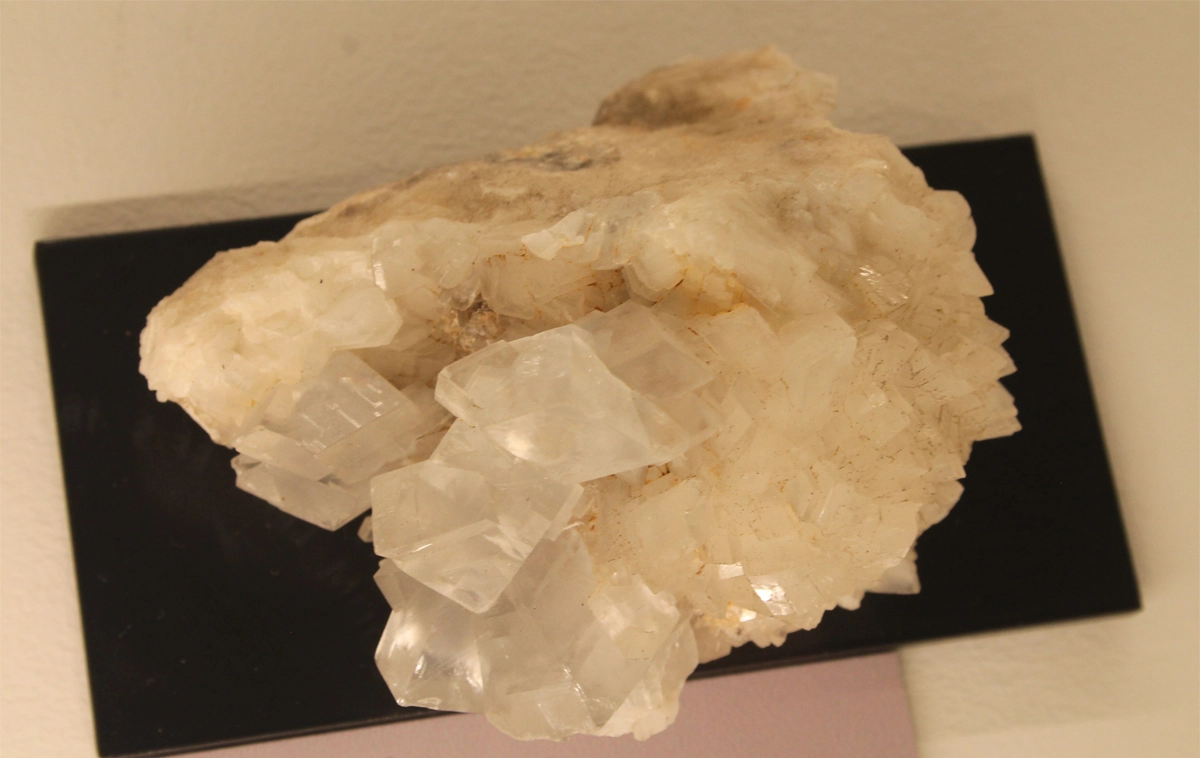Properties of Dolomite
Dolomite is a sedimentary rock that forms from the alteration of limestone by magnesium-rich groundwater. It is often found in sedimentary rock layers and can be recognized by its white to grayish color and its tendency to effervesce when it comes into contact with dilute hydrochloric acid. Dolomite is commonly used in construction and as a source of magnesium in various industrial applications.

The following table provides a list of dolomite properties in both SI and US customary/Imperial units at normal temperature and pressure (NTP).
Click on the button to switch between Metric and Imperial units.
| Physical Properties | Metric |
|---|---|
| Density | 2760 - 2840 kg/m3 |
| Porosity | 1 - 5% |
| Mechanical Properties | Metric |
| Young’s Modulus (E) | 70 - 91 GPa |
| Compressive Strength | 49 - 171 MPa |
| Hardness (Mohs) | 3.5 - 4.0 |
| Thermal Properties | Metric |
| Thermal Conductivity | 2.9 - 5.0 W/m·K |
| Specific Heat Capacity (Cp) | 728 - 921 J/kg·K |
| Coefficient of Thermal Expansion (αL) | 7.7×10-6 1/°C |
Unless stated otherwise, all values are taken at room temperature (approximately 20°C or 68°F) and 1 atm pressure. (1 atm = 101,325 Pa)
References: 1) Cardarelli, François. Materials Handbook: A Concise Desktop Reference. Switzerland: Springer International Publishing, 2018. 2) CRC Handbook of Chemistry and Physics, 97th Edition. United Kingdom: CRC Press, 2016-2017. 3) A.M. Howatson, P.G. Lun, J.D. Todd, P.D. Engineering Tables and Data. United Kingdom: University of Oxford, Department of Engineering Science, 2009. 4) Stone: Building Stone, Rock Fill and Armourstone in Construction. United Kingdom: Geological Society, 1999.
